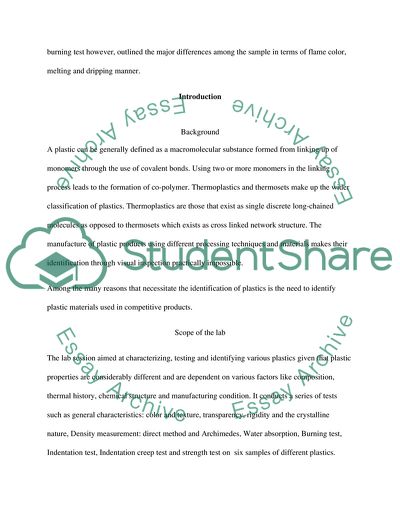Cite this document
(Plastics Testing and Failure Analysis Lab Report Example | Topics and Well Written Essays - 1250 words, n.d.)
Plastics Testing and Failure Analysis Lab Report Example | Topics and Well Written Essays - 1250 words. https://studentshare.org/physics/1783262-plastics
Plastics Testing and Failure Analysis Lab Report Example | Topics and Well Written Essays - 1250 words. https://studentshare.org/physics/1783262-plastics
(Plastics Testing and Failure Analysis Lab Report Example | Topics and Well Written Essays - 1250 Words)
Plastics Testing and Failure Analysis Lab Report Example | Topics and Well Written Essays - 1250 Words. https://studentshare.org/physics/1783262-plastics.
Plastics Testing and Failure Analysis Lab Report Example | Topics and Well Written Essays - 1250 Words. https://studentshare.org/physics/1783262-plastics.
“Plastics Testing and Failure Analysis Lab Report Example | Topics and Well Written Essays - 1250 Words”. https://studentshare.org/physics/1783262-plastics.


